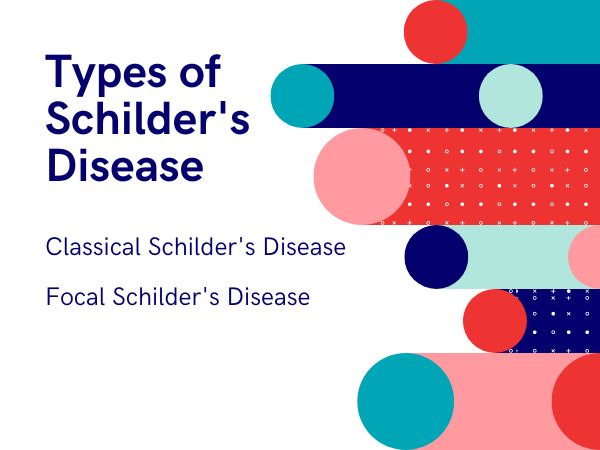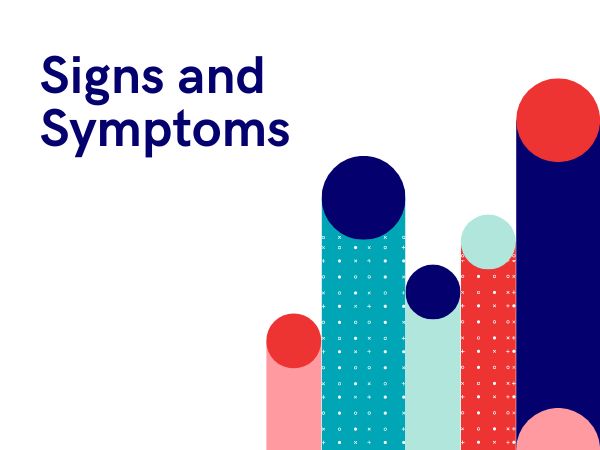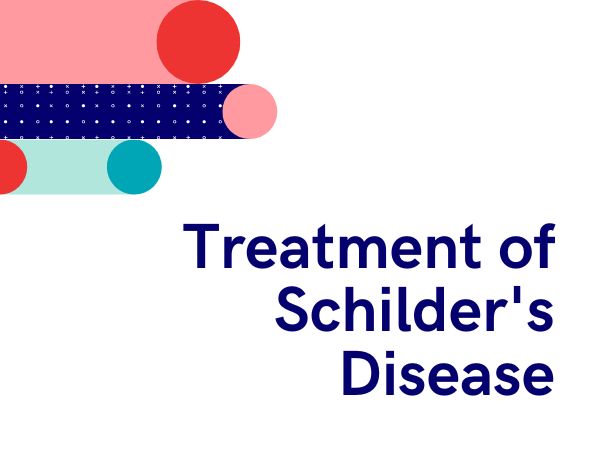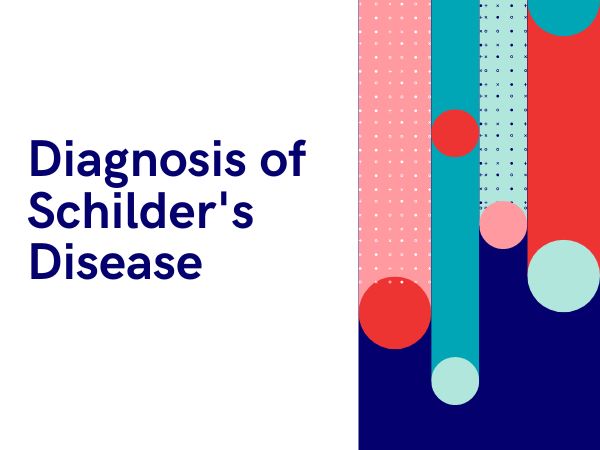Topics
Table of Contents
Schilder’s Disease, also known as diffuse sclerosis, is a rare neurological condition that primarily affects the white matter of the brain. This disorder falls under the umbrella of demyelinating diseases, which involve damage to the myelin sheath, the protective covering of nerve fibers in the central nervous system. While Schilder’s Disease is relatively uncommon, its impact on those affected can be profound, leading to various neurological symptoms. In this blog, we will delve into the types, signs, symptoms, causes, prevention, treatment, diagnosis, and home remedies associated with Schilder’s Disease.
Types of Schilder’s Disease

Schilder’s Disease can manifest in different forms, including:
- Classical Schilder’s Disease: This type typically involves extensive demyelination in the brain, leading to neurological impairment and symptoms such as weakness, sensory disturbances, and cognitive deficits.
- Focal Schilder’s Disease: Unlike the diffuse involvement seen in classical Schilder’s Disease, focal Schilder’s Disease presents with localized demyelination in specific areas of the brain. This form may have a more variable clinical course and presentation.
Signs and Symptoms

The signs and symptoms of Schilder Disease can vary widely depending on the extent and location of demyelination in the brain. Common manifestations include:
- Motor weakness
- Sensory disturbances
- Cognitive impairment
- Visual disturbances
- Speech difficulties
- Balance and coordination problems
- Seizures
- Headaches
- Behavioral changes
- Progressive neurological decline
Causes
The exact cause of Schilder’s Disease remains unclear. However, it is believed to involve a combination of genetic, environmental, and immunological factors. Some researchers suggest that Schilder Disease may result from an abnormal immune response targeting the myelin sheath, leading to inflammation and demyelination in the brain.
Prevention
Since the precise cause of Schilder’s Disease is not fully understood, specific preventive measures are not currently available. However, maintaining overall health and seeking prompt medical attention for any neurological symptoms may help in early detection and management of the condition.
Treatment

Treatment for Schilder Disease typically focuses on managing symptoms, slowing disease progression, and improving quality of life. Therapeutic approaches may include:
- Corticosteroid therapy to reduce inflammation
- Immunosuppressive medications to modulate the immune response
- Physical therapy to improve mobility and function
- Occupational therapy to enhance daily living skills
- Speech therapy to address communication difficulties
- Symptomatic management of pain, seizures, and other associated symptoms
- Experimental treatments and clinical trials exploring novel therapies
Diagnosis

Diagnosing Schilder Disease often involves a comprehensive evaluation, including:
- Medical history review
- Physical examination
- Neurological assessment
- Magnetic resonance imaging (MRI) of the brain to visualize demyelination and assess disease severity
- Lumbar puncture (spinal tap) to analyze cerebrospinal fluid for signs of inflammation or abnormal antibodies
- Electrophysiological studies to evaluate nerve conduction and function
Home Remedies

While there are no specific home remedies for treating Schilder Disease, adopting a healthy lifestyle and supportive strategies can complement medical treatment. These may include:
- Following a balanced diet rich in nutrients to support overall health and immune function
- Engaging in regular physical activity within individual capabilities to promote mobility and well-being
- Practicing stress management techniques such as mindfulness, meditation, and deep breathing exercises
- Seeking social support from family, friends, and support groups to cope with the emotional and practical challenges of living with a chronic neurological condition
In conclusion, Schilder’s Disease is a rare neurological disorder characterized by demyelination in the brain, leading to a wide range of symptoms and functional impairments. While there is currently no cure for Schilder’s Disease, early diagnosis and multidisciplinary management can help optimize outcomes and enhance the quality of life for individuals affected by this condition. Ongoing research aimed at elucidating the underlying mechanisms and developing targeted therapies holds promise for improving treatment options and prognosis in the future.
